To build models that meet VietGAP standards, the University of Agriculture and Forestry has analyzed soil quality, selected unpolluted soil, not affected by industrial waste, hospitals and other sources of pollution, meeting QCVN 03-MT:2015/BTNMT, the allowable amount of heavy metals in the topsoil layer for agricultural land.
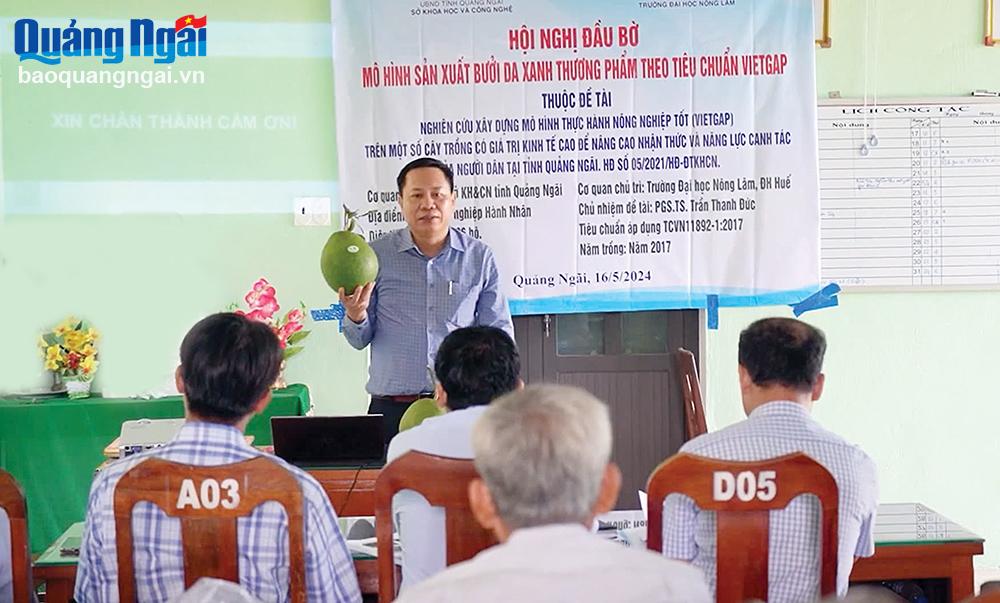 |
| Associate Professor, Dr. Tran Thanh Duc introduces VietGAP green-skin grapefruit products. |
The crops selected for commercial production include peanuts, chili, watermelon, and green-skinned grapefruit, applying technical processes according to VietGAP standards (TCVN 11892-1.2017) and the production process is supplemented and completed by the University of Agriculture and Forestry.
The VietGAP peanut production model was implemented in the two winter-spring and summer-autumn crops at Tinh Tho Agricultural Service Cooperative, Tinh Tho Commune (Son Tinh) on an area of 1 hectare, with 10 participating households. The peanut variety used for planting was TB25 provided by Thai Binh Seed Company. During the implementation of the model, the University of Agriculture and Forestry coordinated with technical staff to monitor and guide households participating in the model; share knowledge on the use of pesticides, update the list of banned active ingredients in production; control quality during production and before harvest. The results showed that the actual yield of the winter-spring crop under the VietGAP model reached 39.6 quintals/ha, 10.7 quintals/ha higher than the control model. In the summer-autumn crop, the VietGAP model reached 30.1 quintals/ha, 8.1 quintals/ha higher than the control model. The profit of the VietGAP standard model is higher than the control model in both crops (from 29 - 34 million VND/ha).
Director of Tinh Tho Agricultural Service Cooperative Do Minh Trang said that for Tinh Tho people, VietGAP model is a new model. Through organizing production models locally, people understand technical issues, invest according to VietGAP program, ensure food safety and hygiene, product quality and reduce production investment costs, bringing higher economic efficiency. In addition, it also raises awareness for people in the use of fertilizers and pesticides.
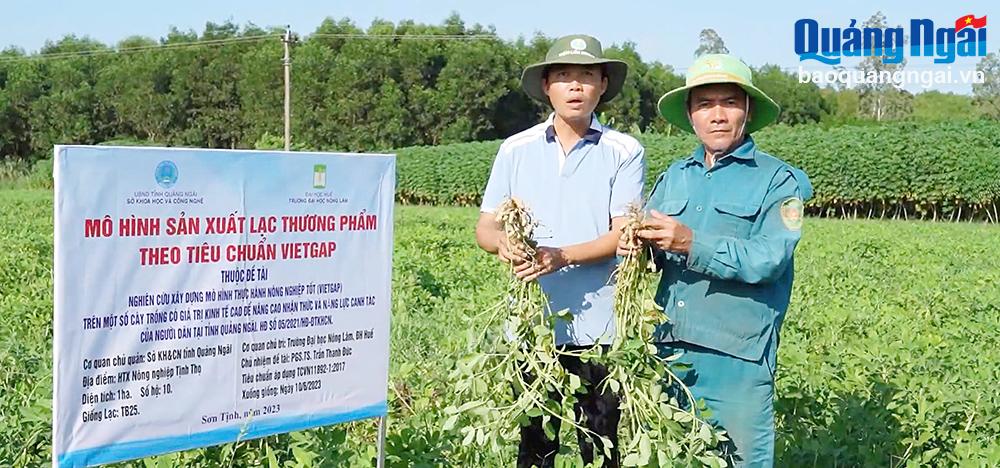 |
| Technical staff of the unit deploys a model to test and evaluate peanut productivity. |
The VietGAP chili production model was implemented at Tay Hiep Agricultural Cooperative, Nghia Hiep Commune (Tu Nghia) on an area of 1ha, with 13 participating households. The chili variety used in the model is the HMT95 red arrow chili variety. The yield in the VietGAP model reached over 17.6 tons/ha, 940kg/ha higher than the control model of the people. With an average selling price of 18,000 VND/kg, it brought in an income of nearly 318 million VND/ha in the VietGAP model and more than 300 million VND/ha in the control model. The profit reached nearly 162 million VND/ha in the VietGAP model and more than 138 million VND/ha in the control model.
Mr. Le Thanh Tai, Tu Nghia District Agricultural Service Center, said that through the implementation of the VietGAP chili model in the area, it has shown the following results: Seeds, fertilizers, and pesticides are estimated to be reduced to 35 - 38%, farmers follow the instructions correctly. Harvests at households reach about 15 tons/ha. Compared to the control fields, the model brings higher efficiency, people know how to use fertilizers and pesticides properly, change production habits and use safe products.
The VietGAP watermelon production model was implemented in Luong Nong Bac village, Duc Thanh commune (Mo Duc), with a scale of 1ha, with 4 participating households. The watermelon variety planted was Apollo 66 watermelon. The results of monitoring and comparison in the VietGAP model field and the control field of the people showed that: The ability to grow, develop and yield in the VietGAP model was superior to that of the people's model. In the spring-summer crop, the VietGAP model had a net yield of 35.72 tons/ha, 3.46 tons/ha higher than the control model of the farmers. In the summer crop, the VietGAP model yielded 27.65 tons/ha, 5.28 tons/ha higher than the control model of the farmers. The economic efficiency when evaluating the profit in the VietGAP model was superior to that of the control model of the people by 22 - 30 million VND.
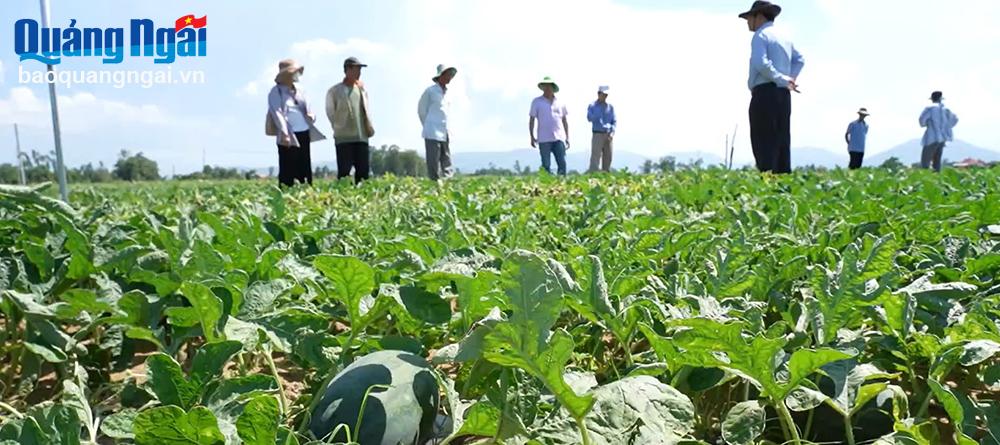 |
| Visit VietGAP watermelon field in Luong Nong Bac village, Duc Thanh commune. |
Director of Duc Thanh High-Tech Agricultural Cooperative Phan Thong commented that, through initial assessment, the commercial watermelon production model according to VietGAP standards yielded 1.8 - 2 tons/sao, 1.5 - 1.7 tons/sao higher than the control fields of the people. The important thing is that the model has created a habit for farmers to record daily work during the production process. This is also the basis for tracing the origin of the product, so that when it is brought to the market, the product is accepted with a higher commercial value.
The VietGAP green-skin pomelo production model was built at Hanh Nhan Agricultural Cooperative, Hanh Nhan Commune (Nghia Hanh), with a scale of 1ha, with 6 participating households. In fact, the number of fruits remaining on the tree after the fruiting period (78 days) in the VietGAP standard model reached 20.6 fruits/tree, more than the control model (15 fruits/tree). The application of technical measures according to VietGAP standards helps pomelo trees achieve a better number of fruits per tree. This is the decisive factor for the yield of green-skin pomelo trees (17.51 tons/ha in the VietGAP standard model and 11.25 tons/ha in the farmer's model).
Mr. Nguyen Duc Hien, Hanh Nhan Agricultural Cooperative said that since applying VietGAP standards, crops have been developed more concentratedly and are less susceptible to pests and diseases. Thanks to continuous monitoring and proper implementation of the process, investment costs for people have been saved. When products are recognized as VietGAP, output quality is guaranteed, consumers accept VietGAP products, thereby increasing farmers' income.
According to Associate Professor Dr. Tran Thanh Duc, University of Agriculture and Forestry, through the results of implementing 4 VietGAP models on chili, peanut, watermelon and green-skinned grapefruit, it shows that productivity and economic efficiency are higher than the control crops of farmers. Another important thing is that, through the implementation of VietGAP models, farmers' awareness in crop cultivation has been raised, contributing to preventing and limiting the risk of pollution...
Article and photos: PHUONG DUNG
RELATED NEWS:
Source: https://baoquangngai.vn/kinh-te/202504/nhan-rong-mo-hinh-cay-trongco-gia-tri-kinh-te-cao-86c00a7/







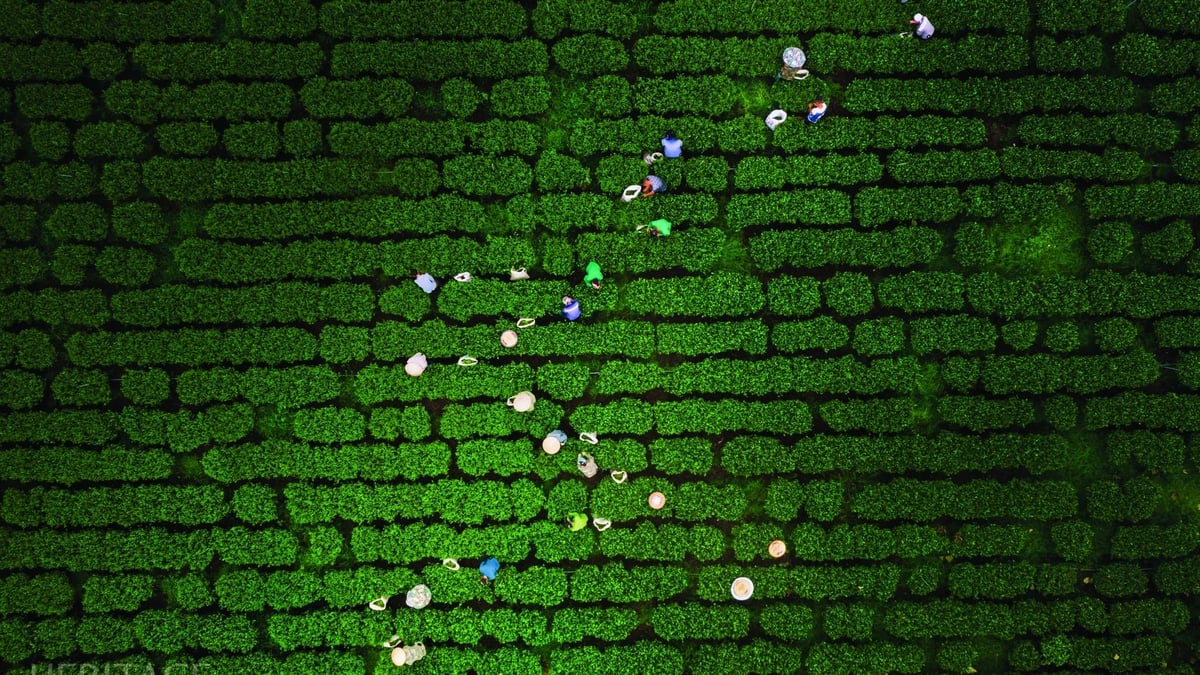
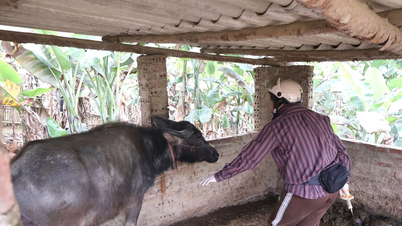


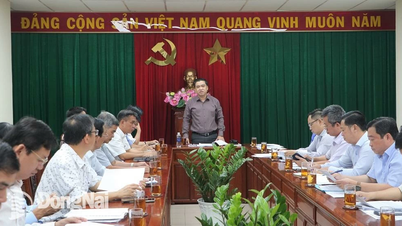

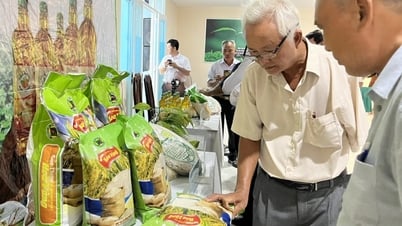






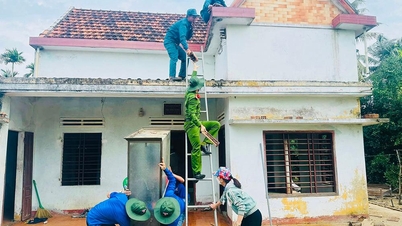
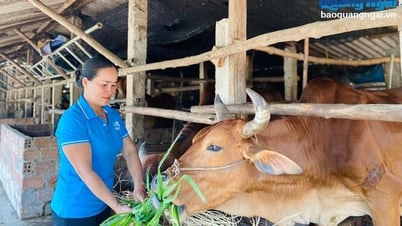
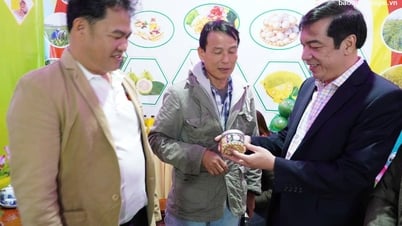
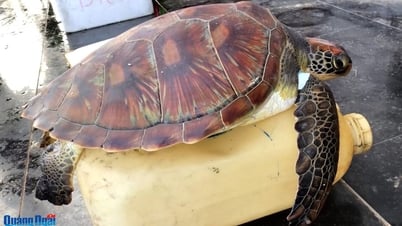
![[Photo] Prime Minister Pham Minh Chinh receives Swedish Minister of International Development Cooperation and Foreign Trade](https://vphoto.vietnam.vn/thumb/1200x675/vietnam/resource/IMAGE/2025/5/12/ae50d0bb57584fd1bbe1cd77d9ad6d97)

![[Photo] Prime Minister Pham Minh Chinh works with the Standing Committee of Thai Binh Provincial Party Committee](https://vphoto.vietnam.vn/thumb/1200x675/vietnam/resource/IMAGE/2025/5/12/f514ab990c544e05a446f77bba59c7d1)




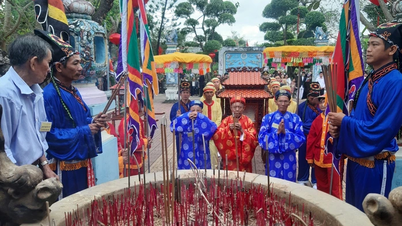








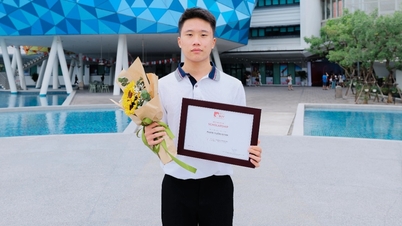


















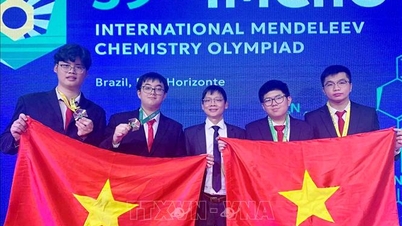









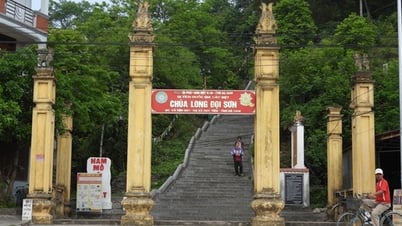






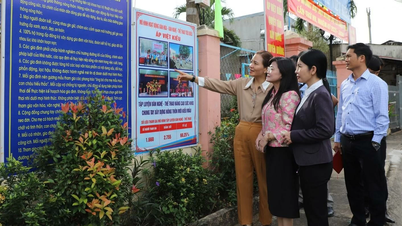
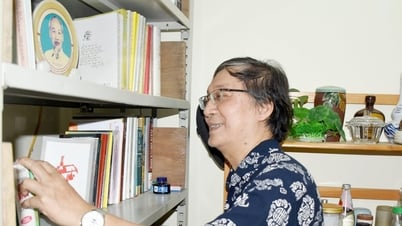













Comment (0)